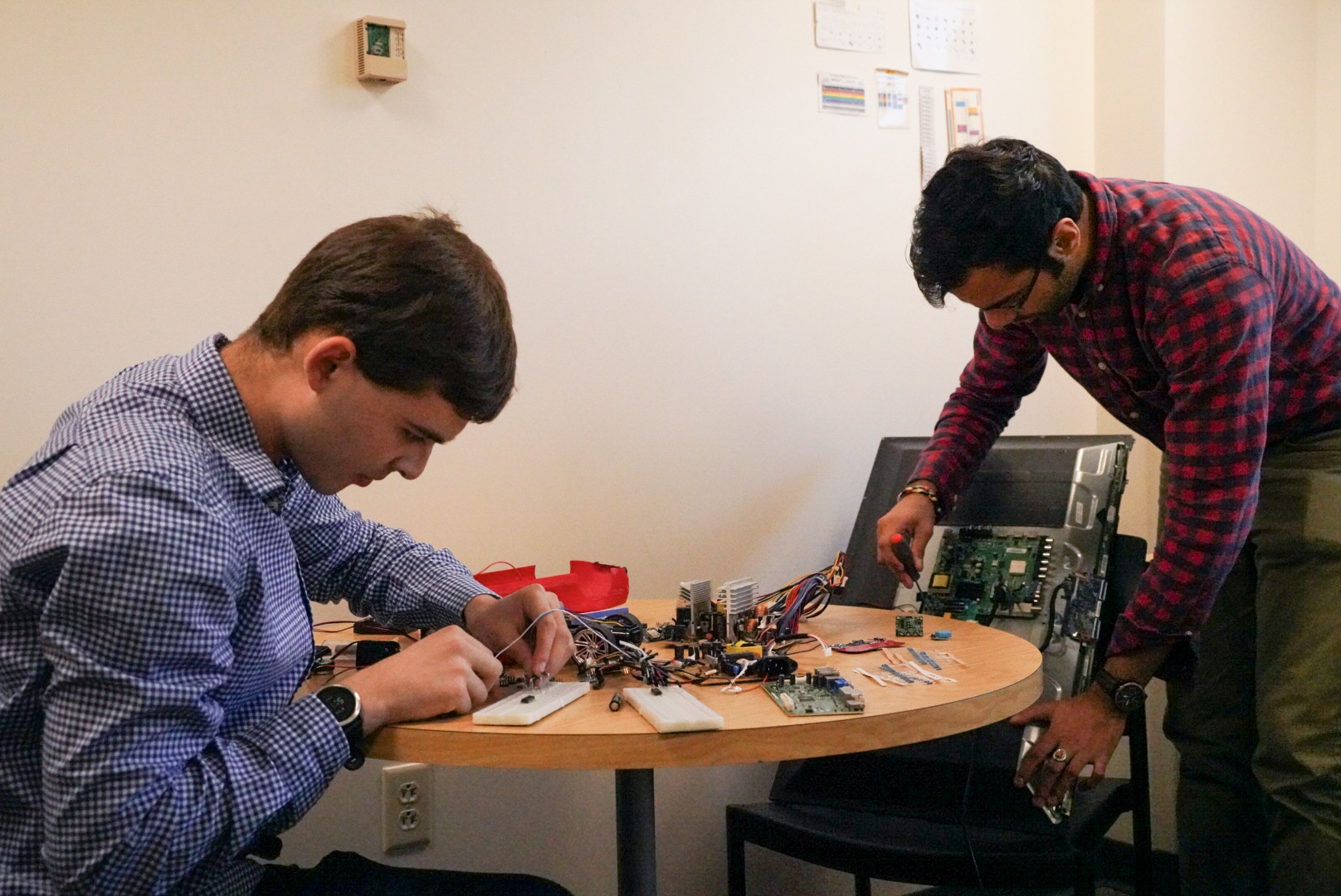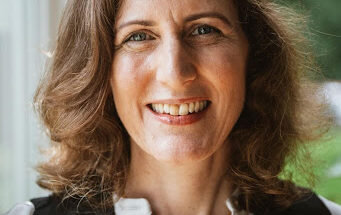 BY: KIM BARTENFELDER, STAFF WRITER
BY: KIM BARTENFELDER, STAFF WRITER
FACULTY: Lilian de Jonge
WHAT BROUGHT YOU TO MASON?
Well, I’m originally from the Netherlands. I went to Montreal for an internship, and was then offered to stay so I got my degree. I spent 14 years in Louisiana working with metabolism and obesity [research]. Then, in 2010 I was invited to work at the [National Institute of Health] as a contractor. We had budget cuts in the lab there and I came to Mason as an adjunct, then full-time professor.
WHY DID YOU DECIDE TO CONDUCT RESEARCH THAT INVOLVED CHILDREN?
I always wanted to do pediatric research and Louisiana wasn’t set up for it. I didn’t grow up in the U.S., but my kids did and they would complain that school food wasn’t the best. I don’t think overall the quality is as bad as people think, but [schools] can provide food — but it doesn’t mean the kids will eat it.
YOUR RESEARCH SUGGESTS SALAD BARS AS ALTERNATIVES TO FRUITS OR VEGETABLES OF THE DAY HOW DOES THE SALAD BAR FUNCTION AND WHAT IS RESEARCH LOOKING LIKE?
The salad bar varies because it’s not the same food every time. Kids go to the salad bar before they get into the food line and can take as much as they want. We are following up, because right now it’s still new and they are enthusiastic. However, what students choose is not the same as what they eat.
WHAT’S THE END OR IDEAL GOAL OF YOUR RESEARCH?
To move things forward. There’s no data, and of course there are nutritional recommendations out there but they aren’t innovative. Forcing kids to put things on the tray doesn’t make them eat it. It’s [also] important for school systems because they have purchase data and that’s about it.
DO YOU SEE YOUR RESEARCH FUNNELING INTO OTHER RESEARCH PROJECTS OR IDEAS?
I am working with Real Food for Kids that looks at the lunchroom environment: how noisy it is, if kids are behaving, how much time they have to eat. We’ll follow up with a small intervention that will create a video to teach lunch monitors what to look for and more. Whether the projects intertwine, we’ll see. My research now is done in partnership with VCU and this helps me get my foot in the door for other things too.
IS THERE ANYTHING ELSE ABOUT YOUR RESEARCH THAT YOU’D LIKE TO SHARE?
It’s a lot of fun! I’m learning as well and seeing the direction it’s going.
ORGANIZATION: Inventors and Innovations Team (IIT)
WHAT WAS THE INSPIRATION FOR YOUR ORGANIZATION?
Paschke: It started in July when Sai [Gutala] texted me and said, ‘Hey, do you have any projects or computer stuff that you want to do?’ and I said, ‘Yeah.’ We realized that all of these projects required more people, so we decided to make a club.
WHY IS IIT IMPORTANT TO THE MASON COMMUNITY?
Gutala: Many of the engineering organizations on campus are career focused, which is important, but what we want to focus on is on the skills. IIT actually allows people to gain that experience outside of the classroom. We want to draw attention to Mason and change the culture of engineering to be for everyone.
Paschke: Our organization revolves around the spirit of hands-on work.
HOW IS IIT ABLE TO FUND AND CREATE PROJECTS?
Paschke: When we created the club, we realized that we get $3,000 a semester. However, that’s through [Registered Student Organizations] and can be used for food, promotionals and things like that, but not the technology — which is a huge complication for us. So, what we did was depending on the research, we’re thinking of going to the Volgenau School of Engineering.
Gutala: We’re potentially looking at going to [Office of Student Scholarship, Creative Activities, and Research] too to help fund our projects, but we plan to get most of our money from sponsorships.”
WHAT’S THE OVERALL GOAL OF IIT?
Paschke: Making everything very hands-on where everybody can get involved with these crazy ideas, and not so much just an in-class thing. For me, seeing something outside of class was so much more valuable because I was able to make a connection. Learning in class is necessary, but IIT is a way to gather something they’ll never forget.
WHAT DOES MEMBERSHIP LOOK LIKE?
Gutala: When people think about IIT, it shouldn’t just be Nick [Paschke] and I. Every member makes a difference for this organization. We don’t have a limit on who can join. You don’t have to be an engineer. You just have to be someone with a passion and an idea.




